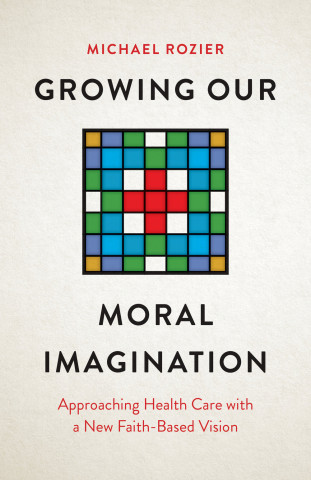
Reviews
Combining the expert perspective of an economist with that of a hands-on caregiver and senior leader of top health care institutions, this unique book should be read by any student of health care policy.
Book Details
Preface
Acknowledgments
Chapter 1. Setting the Stage: Health and Health Care over the Past Century
Part I. Economic Underpinnings
Chapter 2. Perfect Competition and Its Applicability to Health Care
Preface
Acknowledgments
Chapter 1. Setting the Stage: Health and Health Care over the Past Century
Part I. Economic Underpinnings
Chapter 2. Perfect Competition and Its Applicability to Health Care Services
Chapter 3. Imperfections in the Market for Health Care Services
Chapter 4. Implications of an Imperfect Market I: Greater Utilization Due to Price Subsidies
Chapter 5. Implications of an Imperfect Market II: The Role of Induced Demand
Chapter 6. The Role of Price in Health Care Spending Growth
Chapter 7. Inequality of Wealth, Health, and Access to Care
Part II. Historical Evolution
Chapter 8. Origins and Structural Underpinnings of the US Health Care Industry
Chapter 9. The US Health Care Industry Takes Shape: The 1940s through 1965
Chapter 10. Medicare
Chapter 11. Medicaid
Chapter 12. The Affordable Care Act
Part III. Contemporary Environment
Chapter 13. Evidence-Based Practice
Chapter 14. Cost-Benefit, Cost-Effectiveness, and Cost-Utility Analysis
Chapter 15. Health Care Law
Chapter 16. The Safety and Quality of Patient Care
Chapter 17. The Cost Conundrum I: Utilization
Chapter 18. The Cost Conundrum II: Price: Administration, Insurers, Physicians, and Hospitals
Chapter 19. The Cost Conundrum III: Price: Pharmaceuticals and Medical Devices
Chapter 20. Inequality of Access
Part IV. Improving the Balance of Care, Cost, and Access
Chapter 21. Improving the Balance I: Macro Considerations
Chapter 22. Improving the Balance II: Enhancing Care, Reducing Cost, and Improving Access
References
Index





